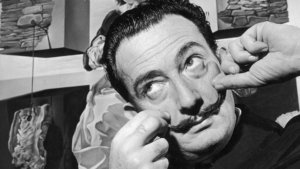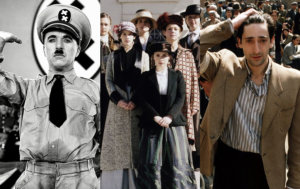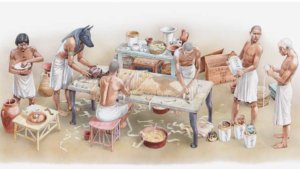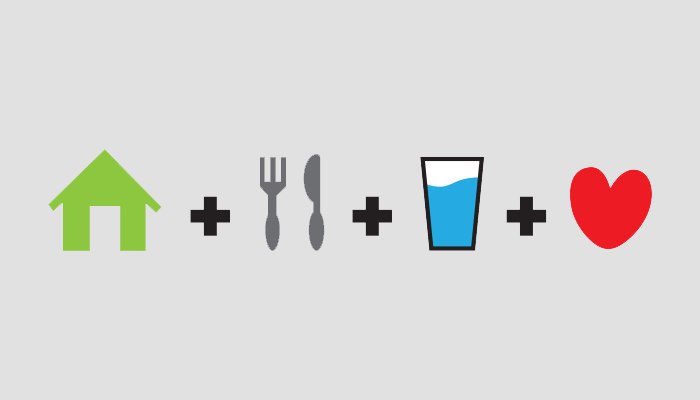
The theory of people’s needs, created by Abraham Maslow, has an important place in motivation theories. According to this theory, people’s motivation is based on internal needs rather than external factors. These needs that come from within the person are grouped in a hierarchy. That is, factors such as external rewards or punishments are not very effective on motivation according to this theory.
According to Maslow’s theory, people’s needs are unlimited and after a person fulfills one need, another need arises. In the process of fulfilling a need, it is not possible to be completely satisfied/satisfied. Meanwhile, the unfulfilled need is a great source of motivation for the person, it motivates the individual and shows great interest in what the individual has not yet achieved. However, after the need is satisfied, motivation for this need loses its decisive effect on behaviors (Maslow, 1943). Maslow’s hierarchy of needs is based on the principle that it is meaningless to meet the higher level needs without meeting the lower level needs. The hierarchy of needs is expressed in steps/levels.
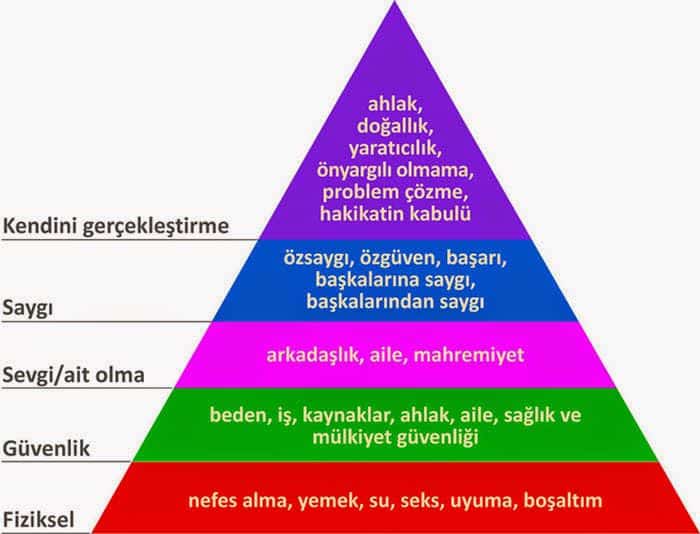
Maslow’s hierarchy of needs is divided into 5 main categories:
1-Physiological Needs: Hunger, thirst and similar basic vital needs
2-Security Need: Protection from dangers caused by external factors
1) Physiological Needs
According to Maslow, physiological needs are the most important of all needs. For a person who has not met his physiological needs, other needs are of no importance. A person who is hungry or thirsty will first satisfy this need and will not tend to satisfy his other needs (Maslow, 1943).
2) Need for Security
This need is based on needs such as protection, shelter, obeying rules and laws, and accordingly, the person will reduce his fear and anxiety. Man is on the defensive against dangers and has an incentive to protect what he has. These needs also apply to interpersonal relationships. In other words, people want to protect and maintain this relationship in a secure way for their relationships with other people.
3) Social Needs
People cannot live alone, they need the presence of others to survive. Social needs such as living with others, being accepted by others, friendship, loving and being loved are important for people. The satisfaction of physiological and social needs constitutes a resource for the other needs of the person. If people cannot meet their social needs, they will feel lonely and abandoned, lacking a sense of belonging. Behaviors such as establishing a family and exchanging feelings with the people around them arise from the social needs of people.
4) Need for Value/Dignity
This need is a bidirectional need. In other words, the individual both wants to have confidence and respect for himself and to be seen as such by others. Being valued by others causes the person to have self-confidence and to develop a belief that he or she can be successful. Achievement is considered an indicator of status, and a sense of accomplishment is considered very important to meet the need to be valued.
5) The Need for Self-Realization
This need is at the top of the hierarchy. Each individual has their own abilities and character. The individual feels the need to develop and prove these characteristics of himself. However, in order to meet this need, the needs of other sub-levels must be adequately met. Otherwise, it is not possible for the individual to realize himself (Erdem, 2008).
The fulfillment of every new need means the emergence of a new need. In this case, there is actually a constant tension and it is not possible and not desired by the person to reach a balance. According to Maslow, “deprivation motives” (hunger, thirst, sex, etc.) are aimed at reducing tension, that is, when these needs are met, a person can establish a balance. However, growth motives are more difficult to achieve, they are often unattainable goals, and this need also causes the person in balance to have constant tension.
E. Erdem. (Thesis, 2008). Evaluation of Houses by Swot Analysis According to Maslow’s Hierarchy of Needs Theory. Note: DOI: 10.1501/ankara-4286.
O. Onan. (1981). Motivation Theories in Working Life. Publishing House: Ankara University Faculty of Political Sciences Publications.




